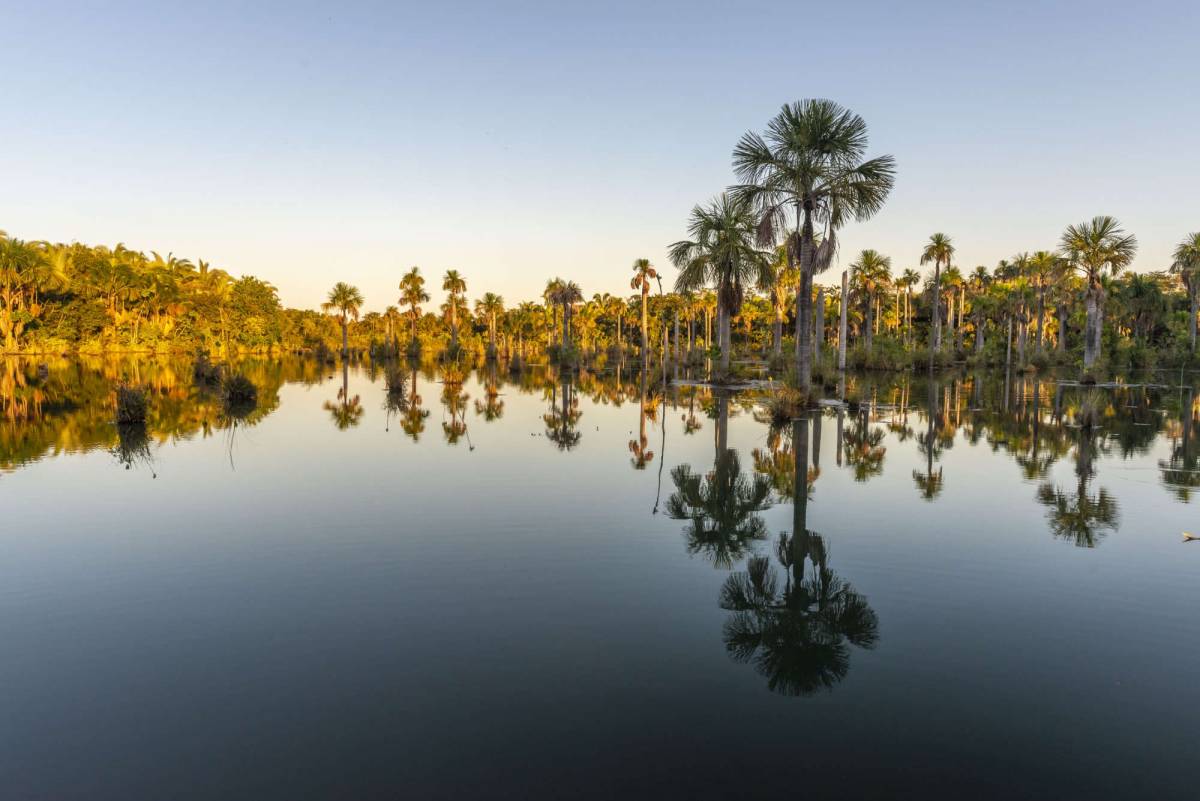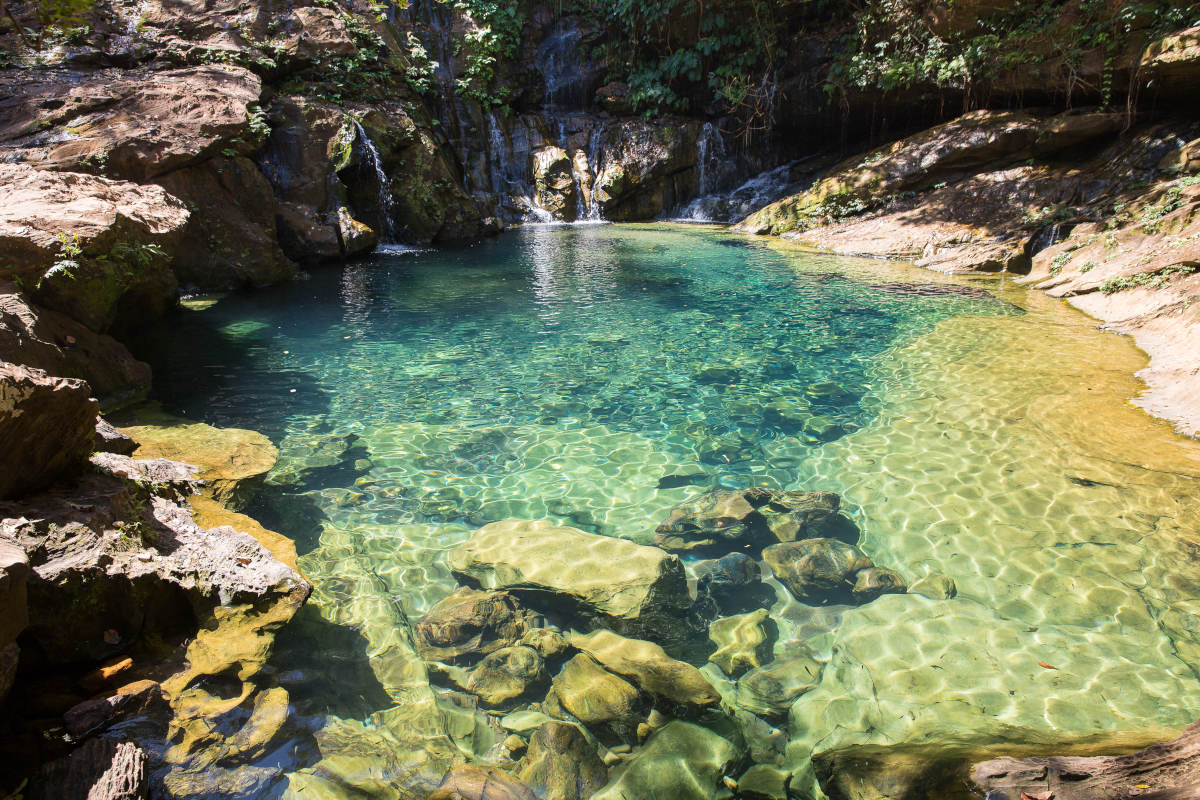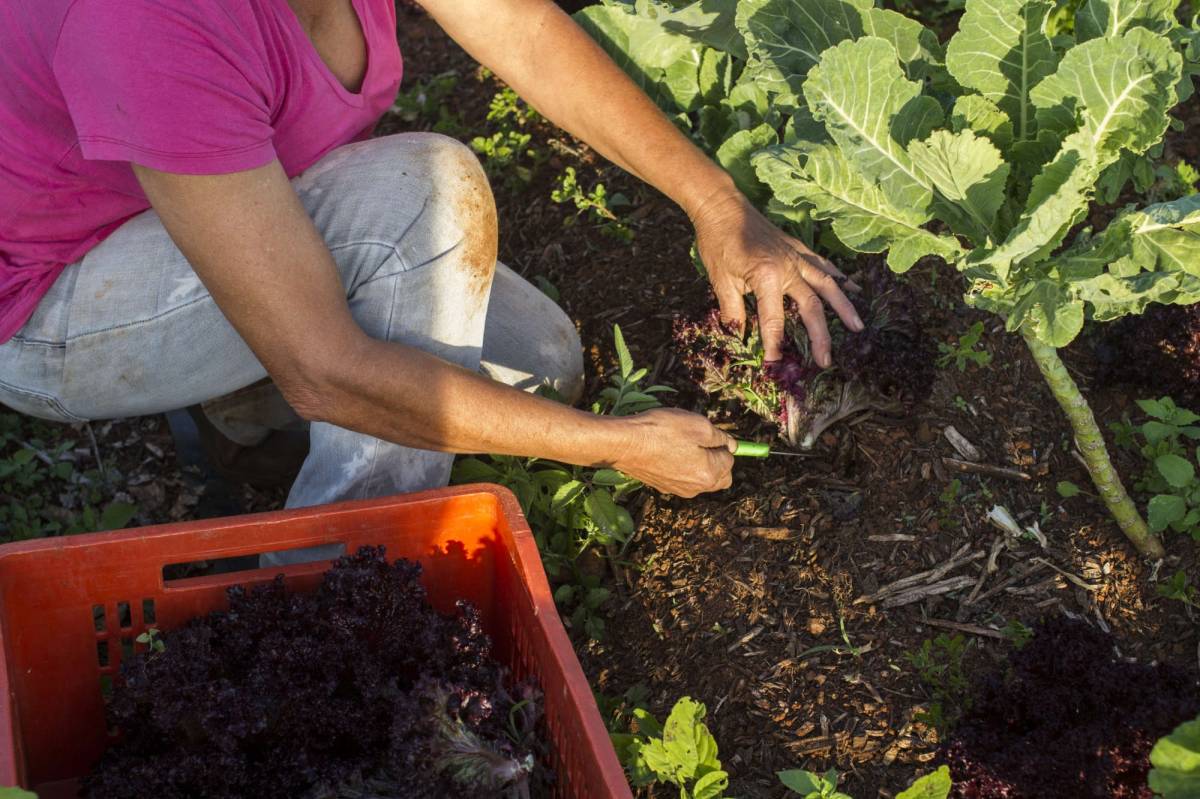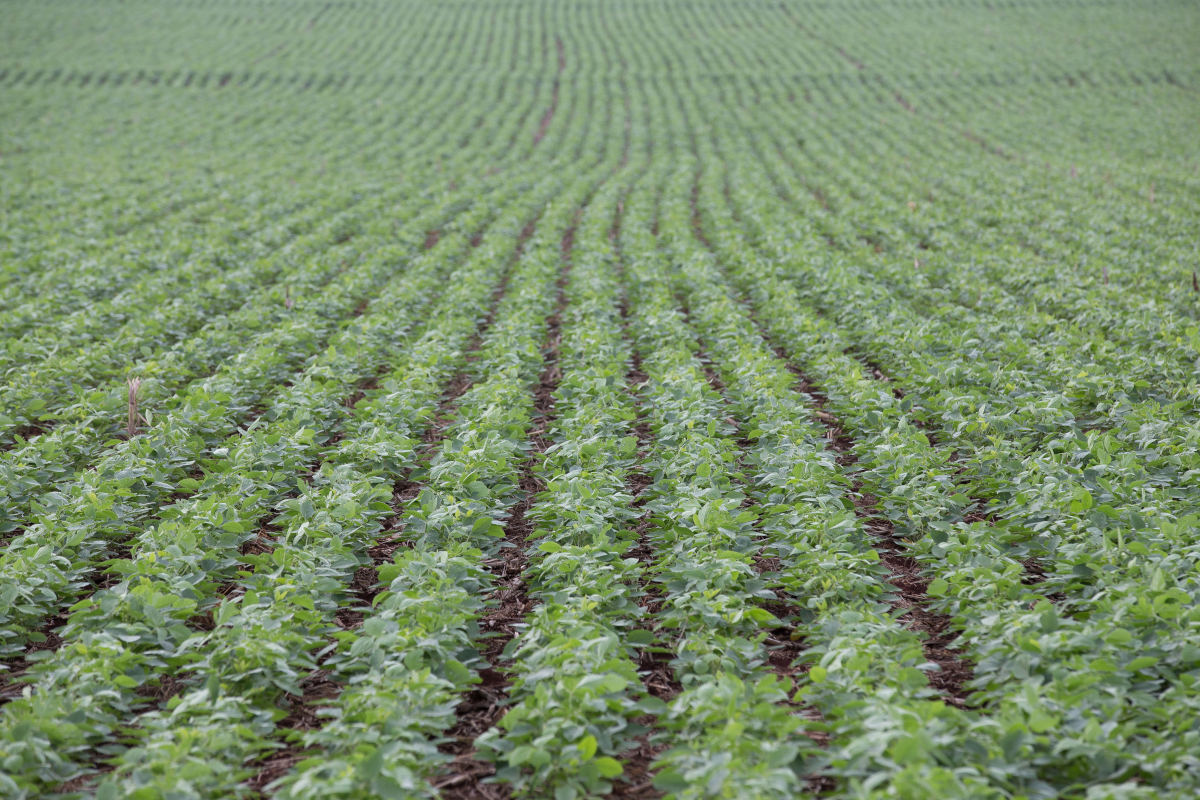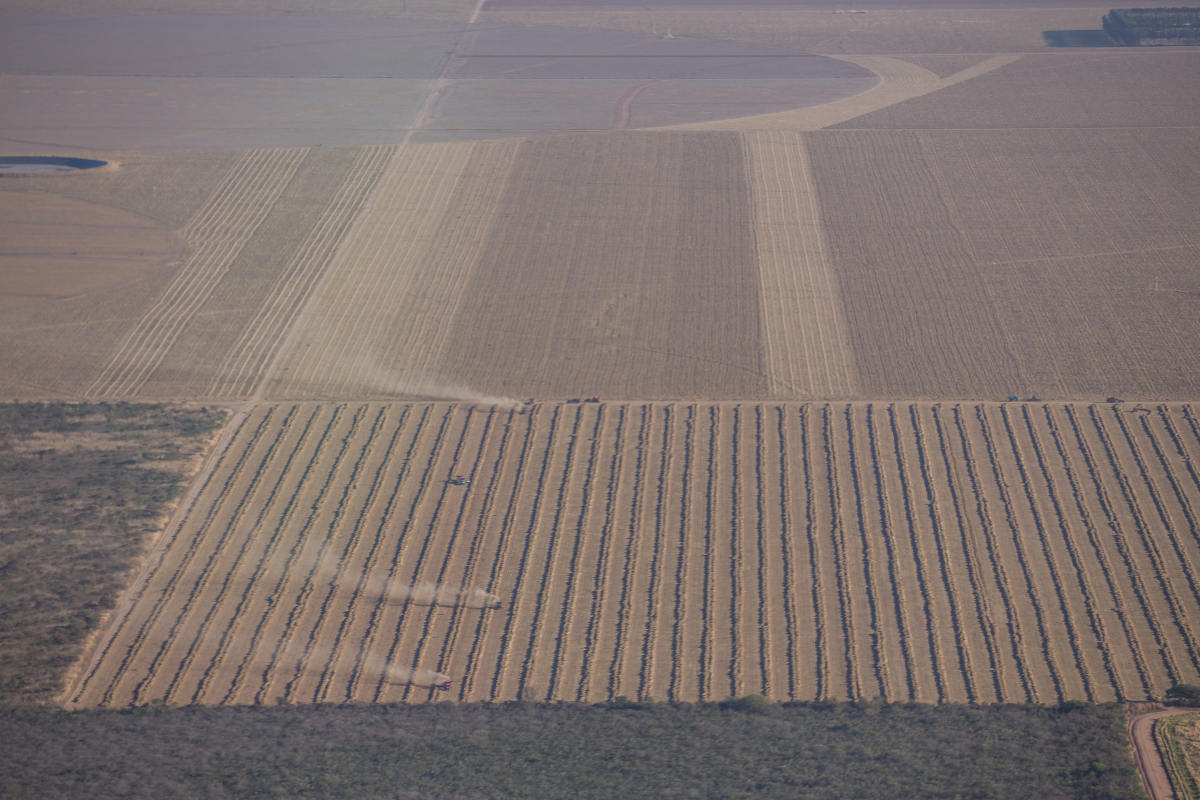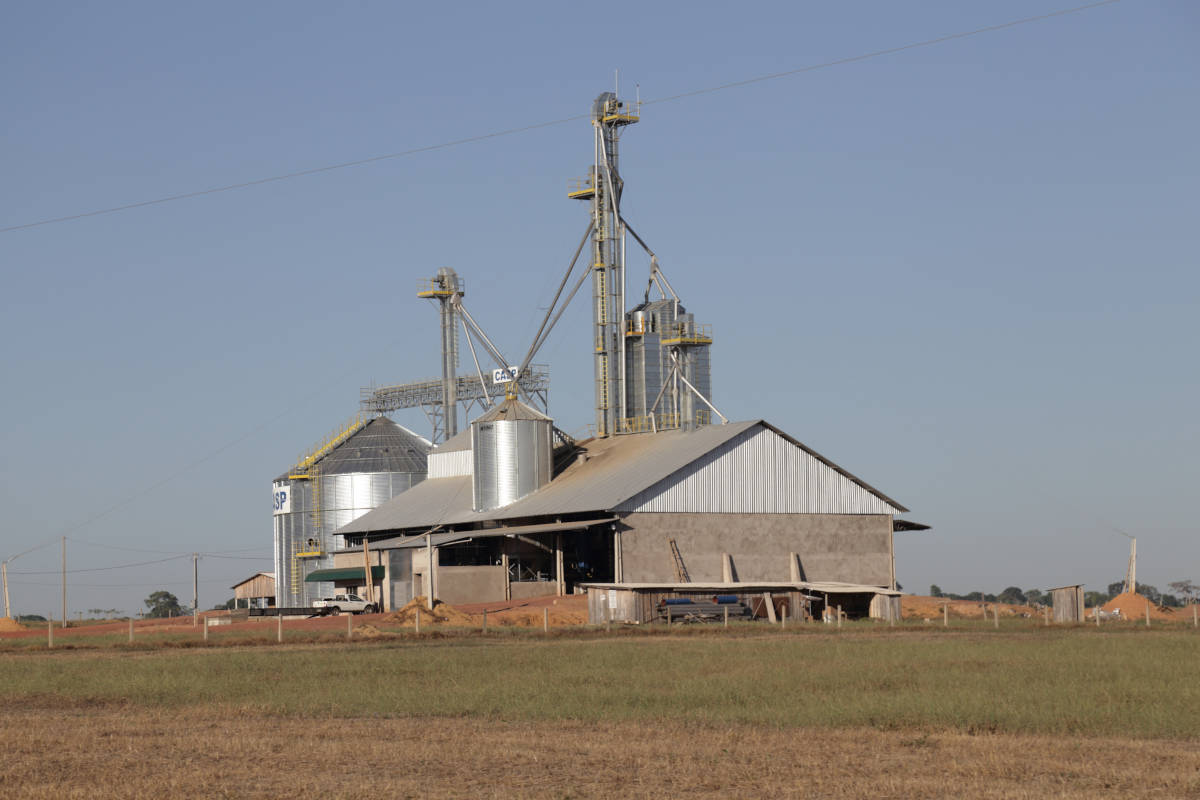Invisible biome, real threats
The beauty and ecological importance of the Cerrado are underestimated in Brazil and under the international environmental agenda. Apart from actions and policies that manage to protect it, the inverted forest is the second most threatened Brazilian biome. The biggest challenge is to reconcile economic development with the conservation of the Cerrado and respect for the history and tradition of its inhabitants.
Competed for food production, the Brazilian savannah has the largest area of agricultural land and livestock in Brazil. In 2019, the country broke a record in grain production, with more than 240 million tons, and the forecast for 2021 is to exceed the numbers once again. The Midwest, proportionally the region with the most Cerrado extension in Brazil, accounts for 47.5% of this production alone. In 2020, agriculture had a 21% share of total Brazilian exports, with soy representing 13.6% of this share.
The biggest consumers of this demand are the countries of the Asian trading bloc, together with the United States and the European Union, which stimulate this type of production in the Brazilian Cerrado. However, it is necessary to assess what impacts this development model has.
According to the Belgian organization Wervel, farming in a disorderly manner transformed 90% of the biome’s agricultural production into soybeans and brought 40 million head of cattle to the biome, which meant serious socioenvironmental impacts.


The accelerated deforestation carried out in recent decades for agricultural production has reduced the vegetation cover of the Cerrado to less than 50% of its original territory. In 2019, 99% of the deforestation carried out in Brazil was illegal, with the Brazilian savannah being among the most impacted biomes.
This production model also means the worsening of historical social problems in Brazil, such as the concentration of arable areas and wealth. These issues are often related to illegal land grabbing, one of the main causes of violence against traditional peoples and communities and family farmers, as we have witnessed in Dona Lúcia’s community.
And it is not solely uncontrolled agribusiness that threatens the life of and in the Cerrado. The degradation of the Biome is also present in the encroachment of large mining companies, in the production of native charcoal, and in arson. This set of illegal activities carried out without planning represents a serious threat to the maintenance of ecosystem services in the Cerrado.

